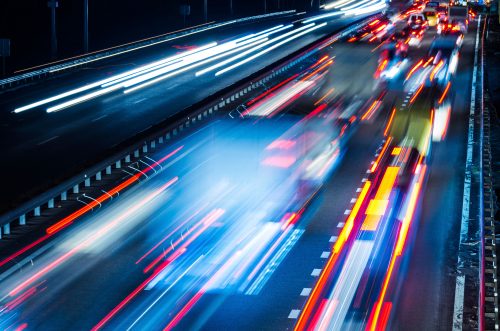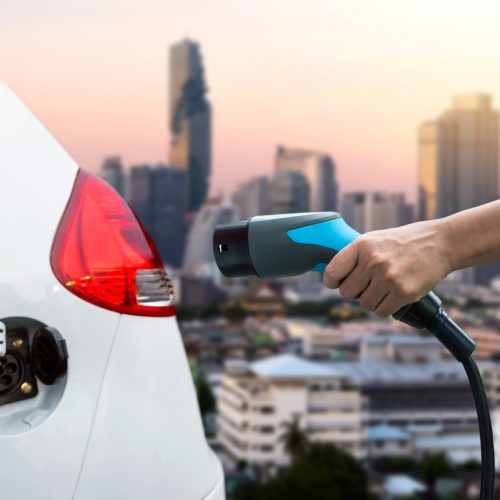
Transportation

Fully Electrifying Delivery Vehicles: Insights from Shenzhen
The topic of urban freight is more important today than ever before. We have seen and experienced firsthand the role of urban delivery vehicles throughout the COVID-19 pandemic as people have relied more heavily on door-to-door delivery services for food, home, and business goods, often through online shopping. However, these…

The New (Ab)Normal
In Colorado at the end of October, the largest fire in the state’s history is still burning on over 200,000 acres (more than 300 square miles). The Cameron Peak Fire started on August 13, so it has been burning now for over two months and is still only…

Now Is the Time for US Leadership on Electric Vehicles
Transportation is the United States’ largest source of greenhouse gas emissions. Estimates suggest that to keep the world within 1.5°C of warming, at least one in five cars must be electric by 2030, in addition to decreasing vehicle miles traveled. Recent announcements about technology improvements and demand signals…

Taking a Regional Approach to Electric Vehicle Readiness
Getting around cities in electric vehicles (EVs) is getting easier as EV infrastructure grows. But traveling between cities is still a challenge as infrastructure, incentives, and policies aren’t always implemented on a regional scale. The fear of EV suitability for regional travel has been a major roadblock to embracing the…

California’s Ban on Gas Vehicles is Also Good News for the Grid and the Auto Sector
California Governor Gavin Newsom showed bold leadership in issuing an executive order on Wednesday September 23 instructing the California Air Resources Board to establish rules for phasing out internal combustion engine (ICE) vehicles by 2035. This is a significant step in moving towards the goal of net zero emissions statewide by 2045.